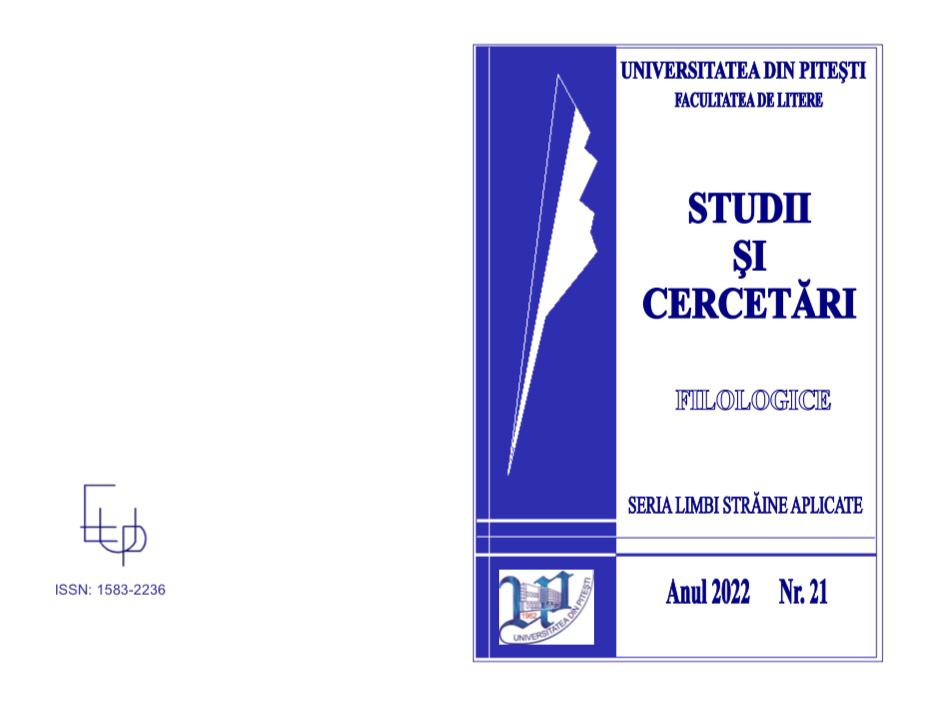LEECH’S POLITENESS MAXIMS AND THEIR HIERARCHY IN HINDI AND PERSIAN: A PRAGMATIC STUDY OF POLITENESS
LEECH’S POLITENESS MAXIMS AND THEIR HIERARCHY IN HINDI AND PERSIAN: A PRAGMATIC STUDY OF POLITENESS
Author(s): Ali Hadavizadeh, Singh RajdeepSubject(s): Applied Linguistics, Syntax, Comparative Linguistics, Sociolinguistics
Published by: Editura Universităţii din Piteşti
Keywords: Hindi; paradigmatic; Persian; politeness; pragmatic;
Summary/Abstract: The paper is concerned with some aspects of politeness in the request act by the pragmatic connotations of syntactic structures in Hindi and Persian. Considering the role of politeness as an explanation for the deviation from the Grice’s cooperative principle, the main question of the paper is whether Leech’s maxims of politeness operate on the syntagmatic and paradigmatic relations and whether there is any hierarchy in their manner of application. To answer the abovementioned question the main hypothesis of the research posits that Leech’s maxims of politeness have a structure of hierarchy in both Persian and Hindi. Considering the Pandharipandes' (1979) hierarchy of the degree of politeness proposed for Hindi, this paper aims to develop a similar hierarchy of the degree of politeness for Persian and to analyze the Leech’s maxims operating in the respective hierarchies of politeness. The general theoretical framework adopted for the present study is based on Lakoff (1972), and Leech (1980). Whereas the findings of this research indicate a hierarchy in Hindi and Persian at the syntagmatic plane with regard to their respective Leech’s maxims, no such hierarchyis detectable for paradigmatic relation which holds good for all types of social situations.
Journal: Studii şi cercetări filologice. Seria Limbi Străine Aplicate
- Issue Year: 2022
- Issue No: 21
- Page Range: 16-29
- Page Count: 14
- Language: English

